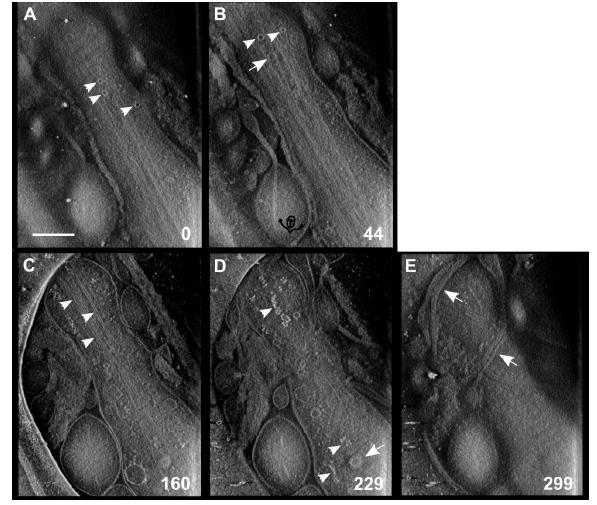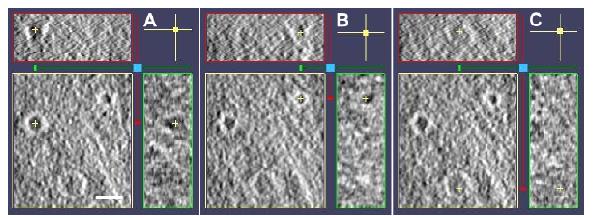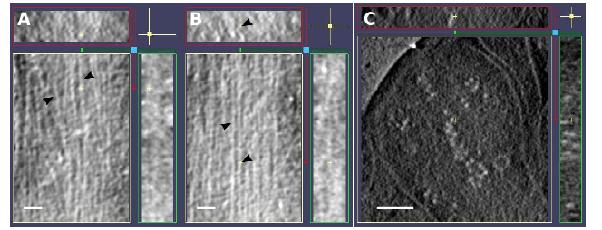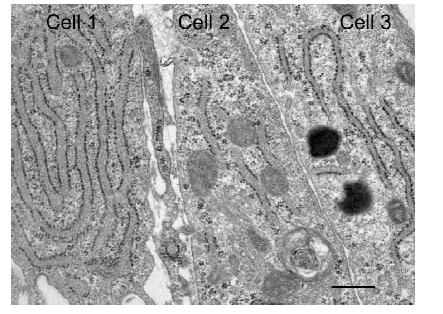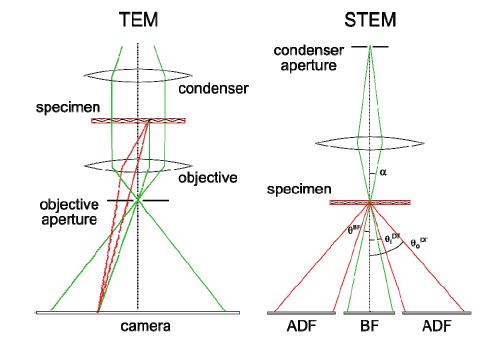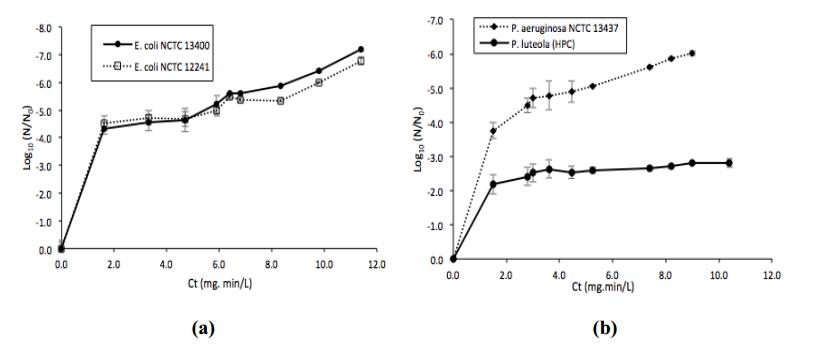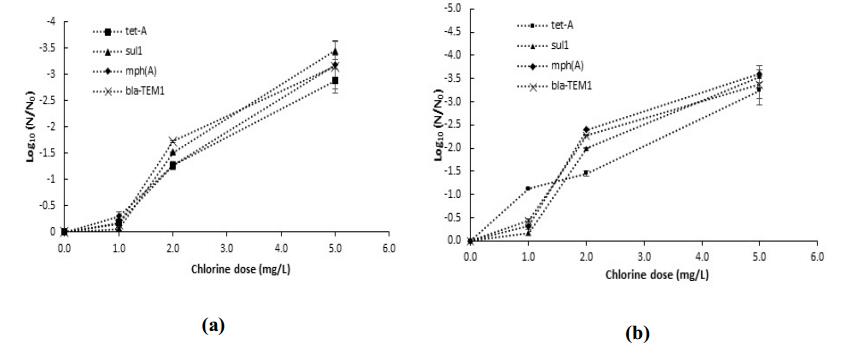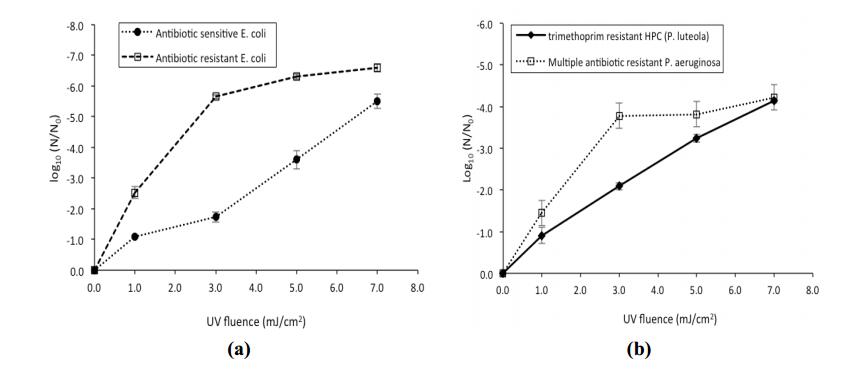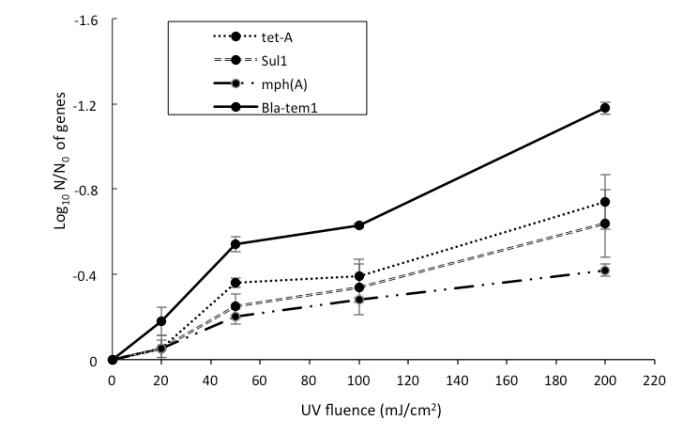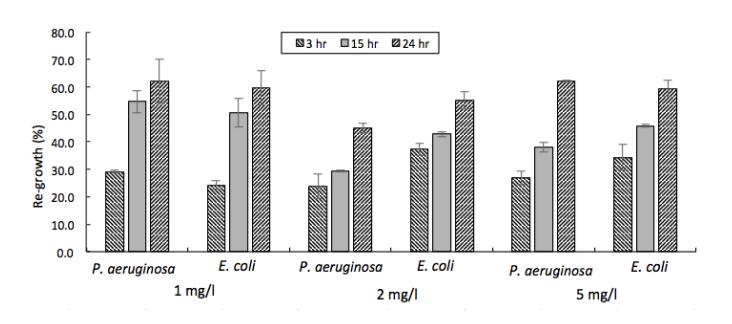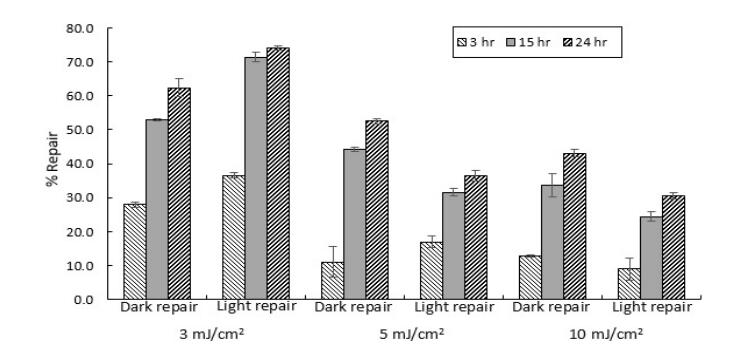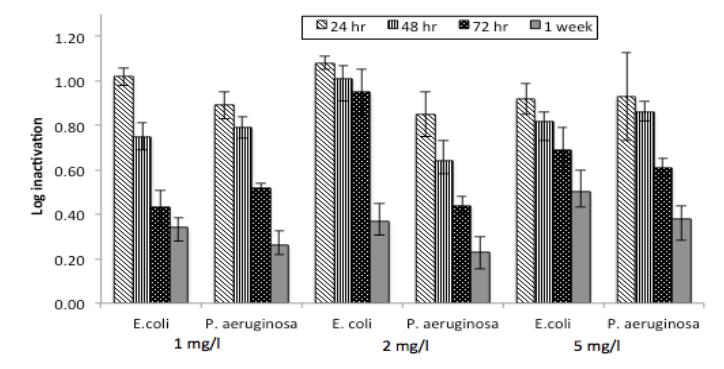1. Introduction
Electron microscopy (EM) of biological systems is in the midst of major developments on multiple fronts. The introduction of the direct electron detector technology has enabled structural characterization of large proteins at resolutions previously obtainable only by X-ray crystallography [1,2]. The lifting of the need for crystallization and easing of requirements for rigorous purification open the way to study a far wider range of macromolecules and macromolecular complexes at high resolution. Furthermore, structure determination by EM in principle gives access to a broader and more realistic range of macromolecular conformations than those amenable to trapping in crystal lattices. The second area of advance in EM encompasses methods for studying intact cellular structures and imaging macromolecular complexes embedded in their functional cellular contexts. In special cases such as thin bacteria [3] or pico-eukaryotes [4], even entire cells can be studied by transmission electron microscope (TEM) tomography without sectioning, using standard defocus phase contrast, or more recently using newly available phase plates [5,6,7,8]. Sub-tomogram averaging of structures detected within cells by cryo-tomography brings the power of single-particle reconstruction processing to a growing number of important in situ complexes and organelles [9].
The possibilities for three dimensional imaging of vitrified specimens, i.e., cryo-tomography in various forms, have expanded significantly in recent years. Introduction of the focused ion beam scanning electron microscope (FIB-SEM) with cryogenic sample handling enables the preparation of vitreous sections for tomography guided by correlative light microscope imaging. Thus one can focus the detailed 3D analysis on specific areas of interest [10,11,12]. Other advances take fundamentally different approaches to volume imaging. These include soft X-ray cryo-tomography [13,14,15,16,17], full cryogenic serial surface imaging within the FIB-SEM [18], and most recently cryo-tomography using the scanning transmission modality [19]. Each of these methods offers an extension of cryo-tomography to somewhat different realms. Moreover, each relies on a different physical interaction between the illuminating radiation and the specimen, so fundamentally different properties are represented in the image contrast. None of the newer methods is yet as mature as phase contrast TEM, so an appreciation of the various capabilities and the relative advantages of each will emerge over time.
This contribution reports on progress in the CSTET (Cryo-Scanning Transmission Electron Tomography) method for cellular imaging. The advantages of scanning transmission electron microscopy (STEM) for tomography of plastic-embedded sections have been amply demonstrated [20,21,22]. Recently we have extended the STEM approach to full cryo-tomography in the CSTET method [19]. While our previous report focused on bacterial samples, we demonstrate here that CSTET is indeed a practical modality for 3D imaging of intact, unfixed, vitrified mammalian tissue culture cells. Thicker regions of the cell are accessible using CSTET than using phase contrast due to the different mechanisms of image formation. Specifically, STEM forms a raster image on the basis of point- by- point electron scattering measurements. Without an imaging lens, the blurring effects of inelastic scattering and chromatic aberration are eliminated. The optical maprelating of specimen density to image pixel value in STEM is also simpler than in defocus phase contrast. STEM images are free of; it lacks the oscillations of the phase contrast transfer function (CTF), which invert bright and dark depending on spatial frequency. Moreover, the low spatial frequency information is retained in STEM, whereas defocus phase contrast effectively imposes a high-pass filter. As a result, STEM images in focus provide a more faithful representation of the mass distribution in the specimen.
In the following section we explore the contrast obtained from various cellular components as observed in situ: membranes, cytoskeleton, ribosomes, and extracellular matrix. The emphasis here is on field of view and cellular context rather than reaching the maximum obtainable resolution. We then discuss the methodology in general terms, comparing the image formation process with the more familiar EM techniques. While a full theoretical justification is beyond the present scope, the simple considerations provide sufficient insight to interpret the images and to appreciate the potential for further development.
2. Materials and Method
2.1. Cell culture and sample preparation
WI-38 embryonic lung fibroblasts were obtained from Coriell, passage 12. Frozen aliquots were thawed and cultured in full MEM medium (Gibco) with 15% fetal calf serum (Gibco) at 37 °C in 5% CO2. A maximum of 5 passages were performed, after which a new culture was started. For cryo-tomography the cells were plated onto UV-sterilized gold Quantifoil R3.5/1 grids and grown to approximately 70% confluence. Grids were blotted and plunged into liquid ethane using a Leica EM plunger and stored in liquid nitrogen until use. For preparation of thin sections, the cells were grown on glass coverslips, fixed using 2.5% gluteraldehyde, 2% paraformaldehyde in 0.1 M sodium cacodylate buffer at room temperature, washed in cacodylate buffer at 4 °C, and stained with 1% osmium tetroxide and 2% uranyl acetate. Samples were dehydrated in cold ethanol and then embedded in Epon. After removing the glass coverslips with liquid nitrogen, ultrathin sections of the monolayer Epon blocks (~70 nm) were cut either parallel or perpendicular to the cover slip surface and transferred to 200 mesh copper grids. Thin plastic sections were imaged in a FEI Tecnai Spirit T-12 operated at a 120 kV. Images were recorded by 2k Eagle CCD camera (FEI, Eindhoven) or by a side-mounted Mega View TEM CCD (SIS).
2.2. Cryo-scanning transmission electron tomography (CSTET)
Vitrified fibroblast samples were observed with a Tecnai F20 S/TEM instrument at 200 kV. CSTET was performed with extraction voltage = 4300 V, gun lens = 6, and spot size = 5, with a 15 μm condenser aperture, yielding a probe diameter of 1.4 nm and semi-convergence angle of 2 mrad. The camera length was set to 320 mm to match the acceptance cone semi-angle at the bottom-mounted bright-field detector (Gatan model 805). Images of 1024 × 1024 pixels were recorded with a probe dwell time of 15.9 µs, yielding a frame exposure time of approximately 20 sec. Spatial sampling was set at 2.86 nm. Full Nyquist sampling would require steps <0.7 nm, so the undersampling was a compromise between resolution, field of view, and radiation exposure. Dose was measured at 1.4 electrons/Å2 per dwell spot as described previously [19]. Total dose over the tilt series was thus 105 electrons /Å2, which is comparable to a typical TEM acquisition. Single-axis tilt series were recorded using the FEI Xplore3D software from ±70º in 2º steps below 50º, and 1.5º steps above 50º. Dynamic focus adjustment was employed to maintain focus conditions perpendicular to the tilt axis at all tilt angles.
2.3. Image processing
Tomographic reconstruction was performed by weighted back-projection in IMOD [23], using fiducial alignment with 15 nm gold beads added to grids before plunging. Further image processing was performed with ImageJ [24] and Bsoft [25]. For noise reduction only a weak 3D Gaussian blur filter was imposed (radius 1 or 1.4 pixel for Figures 1 and 2, respectively). IMOD and Chimera [26] were used for visualization. The bright-field image contrast was inverted for volume representation.
3. Results
Two STEM tilt series were selected to demonstrate the character and quality of the imaging. The reconstructions appear as Figures 1 and 2. The fibroblast cells are large (typical dimensions 60 × 12 μm) and well spread on the grid. The field of view (2.9 × 2.9 µm) thus includes only a small fraction of the total cell area, and the two chosen examples display somewhat different components. Both are quite full of features that overlap when projected in any given direction. Following Hohmann-Marriott [21,22] we collected the STEM bright-field signal for its relative insensitivity to multiple scattering. After considerable experimentation, we chose to present the data here as volume renderings of thick virtual sections. Note that the bright-field contrast has been inverted so that white represents dense mass while sparser regions appear transparent. This inversion allows us to see the denser features “through” the cellular volume.
The first reconstructed tomogram appears in Figure 1 in thick sequential sections containing 50 reconstructed planes each (140 nm total per section). At the substrate plane (Figure 1A) we observe mainly a mixture of small and large vesicles. Many of these vesicles show a punctate decoration, and other such puncta appear in the absence of membrane. Even without detailed analysis, some of the puncta appear brighter than others, and they clearly have internal structure that is not well resolved under the present conditions. In the central section (Figure 1B) we see primarily larger vesicles, including one vesicle completely enclosed in another and one multi-vesicular body. Two oriented fiber bundles lie along the axis of the cell extension. We identify these as acto-myosin stress fibers. Swaths of extracellular matrix parallel to the plasma membrane and perpendicular to the major cell axis appear at the upper surface outside the cell (Figure 1C). In the central section, individual actin microfilaments are observed running along the cell edge (Figure 1D). Within the multi-vesicular body, membrane-proximal structures are visible down to dimensions of 25 nm and less (Figure 1E). A stereo view (Figure 1F) integrates the visible features.
The tomogram in Figure 2 shows a number of additional features. Examining thinner virtual sections (15 slices, or 44 nm thickness per section) in this case, again parallel to the substrate, coated pits are visible at the basal surface. Two of these are expanded into orthogonal plane views in Figure 3A, B. A tight ring of protein projects into the cytoplasm. The membrane cap is faint due to its orientation; it is hidden by the tomographic missing wedge. However, the inner volume is easily distinguished by its very dark appearance. Clearly the contents of the pit, external to the cell, are more sparse or weakly scattering than the cytoplasm. This contrast serves to outline the pit from within. For comparison, we show an internal vesicle visible in the same plane. The heavy protein coat on the membrane is absent, and there is no difference in contrast between the vesicle lumen and the cytoplasm.
Further toward the central plane in Figure 2 (160 nm plane), a bundle of membrane-delimited tubes is visible running along the cell axis. The expanded view in Figure 4A shows that the tubes have variable diameter with occasional forks and fusions. Interspersed with these membranes, straight tubes are seen with constant diameter of 25-28 nm, which can be identified tentatively as microtubules (Figure 4B). A cluster of bright puncta appears on a still higher plane (Figure 4C), similar to those in the first tomogram (Figure 2). Most of these puncta are associated with membranes. With dimensions of 20-30 nm and propensity for membrane association, these structures appear to be ribosomes. We will return to the issue of their high contrast in the Discussion. Finally, outside the cell lie what appear to be contaminating mycoplasma. The cell bodies bulge from a network of tubular extensions. Two cells send such protrusions parallel to the upper surface of the fibroblast plasma membrane. At least one of these lipid tubes contains internal vesicles.
We can compare the observed features to conventionally embedded and stained thin sections, seen in Figure 5. The chosen section shows rough endoplasmic reticulum mixed with a variety of vesicles and possibly mitochondria. Here organelles are recognizable based on their characteristic morphologies and staining patterns. Although the image quality is good, empty white space arises from dehydration and resin embedding.
4. Discussion
From the data presented, it is clear that STEM offers a viable mode of tomographic imaging for eukaryotic cells. We have called the method CSTET, for cryo-scanning transmission electron tomography [18,19]. Specimens shown here were simply grown on gold Quantifoil grids and plunged into liquid ethane for vitrification, without chemical fixation, dehydration, or any other manipulation. The STEM reconstructions have a different qualitative texture than we have come to expect from defocus phase contrast TEM. This difference reflects the flat and monotonic optical transfer function, relative to the oscillatory CTF of defocus phase contrast. As the CTF draws most attention for its oscillatory nature at high spatial frequencies, which limits high resolution. However, also a result, Fresnel fringes are minimized in STEM, while at low spatial frequency information is retained. It is difficult to compare tomograms directly between STEM and TEM modes for samples such as those studied here because the cells are marginally too thick for reasonable quality zero-loss TEM tomography. In the available microscope operating we were not able to obtain meaningful TEM tomograms.
Two features of STEM have major effects on image formation and should be emphasized. First, the imaging is done in focus. The depth of field is determined by the semi-convergence angle of the probe spot, which is in turn set by the condenser aperture size under the relevant (diffraction-limited) conditions. The settings described here provide a depth of field greater than one micron, so the entire thickness of the cell protrusion and edge remains in focus. Dynamic focusing is used to keep the entire field in focus at all tilt angles. Second, the STEM scattering signal is a quantitative measure of electron scattering. Through the illumination convergence angle and the acceptance angles of the detectors, which can be configured flexibly in STEM, deliberate choices can be made regarding collection of the scattered electrons. Such choices directly affect the mechanisms of contrast generation. In the present configuration, contrast represents primarily mass density, while there is also a component of elemental sensitivity. In the following discussion we elaborate on these issues.
4.1. Contrast Formation in TEM and STEM
Conventional TEM image contrast for biological materials is based on scattering from heavy metals, i.e., stain, within a plastic embedding medium. Scattering from the stain is blocked by an aperture placed in the objective back focal plane, as shown in Figure 6. The darkness of a spot in the image is thus proportional to the loss of intensity due to scattering.
Cryo-TEM is normally performed without metal staining, so image formation relies on phase contrast. The objective aperture is enlarged to permit passage of scattered electrons. Scattered and unscattered waves interfere at the image, and due to their 90° phase shift, the intensity contrast is minimal at focus. Defocus adds an additional relative path length and therefore phase to the scattered waves, generating in contrast by interference; the scattered waves travel a longer path relative to the unscattered. Density differences at nearby points create small differences in phase that then appear with different intensity in the image. For weak phase objects, the intensity variation as a function of phase can be approximately linear, in which case the image intensity is proportional to the material density traversed. Within these approximations, tomographic reconstruction of a tilt series then gives a representation of the mass density in three dimensions.
Defocus phase contrast entails the well-known complication that different spatial frequencies in the specimen are represented with different contrast: zero contrast for the lowest frequencies, then dark for matter and light for void, and then vice versa at higher frequencies, with tightening oscillations. Bright fringes resulting from the interference mechanism can accentuate the boundaries of membranes or filaments. Qualitatively, these fringes can be useful in outlining structures. They limit resolution, however, and they are not “real” in the sense that they do not reflect a negative mass density. The contrast transfer function is well defined and can be corrected straightforwardly for a thin sample. For a thick sample there will be a spread of defocus values, compounded by the change in defocus across the field when the sample is tilted. Correction of the CTF contrast transfer function for tomography is thus much more complex than for thin objects since different planes within the specimen require in principle different corrections [27,28,29,30]. The application is mathematically challenging unless the nominal defocus is set to be very much larger than the specimen thickness. Recently, phase plates have become available [5,6,7,8]. These provide contrast at low spatial frequencies by adding the 90° phase without defocus. However, strict requirement maintenance of coherence remains. As explained below, loss of phase coherence places a strict limit on thickness.
In STEM, the microscope lenses are used to demagnify the condenser aperture into a probe spot focused on and scanned across the specimen. STEM is similar in this sense to a laser scanning confocal microscope, or indeed to a conventional scanning electron microscope. Many modern TEM instruments are also STEM-capable. At each scan point the unscattered and scattered electrons are collected on disk-shaped and annular bright- and dark-field detectors, respectively. The illumination semi-convergence angle α determines the depth of field (similar to the numerical aperture in the light microscope). In the present configuration the outer cutoff of the bright-field detector (θBF) was set to match α, and the annular dark field detector (ADF) was not used. To the extent that electrons are scattered away from the bright-field collection angles, the corresponding pixel appears dark in the image. Every element produces a characteristic scattering pattern depending primarily on the number of protons, i.e., the atomic number Z [31]. Heavier elements scatter more strongly and to higher angles. Weak scattering by the light elements of biological materials dictates the use of small collection angles for bright field imaging. The quantitative nature of the STEM signal has earned the method a venerable role in mass measurements of biomolecules and molecular complexes [32,33]. While generally these employed freeze-dried material, one pioneering work was performed cryogenically with vitrified specimens [34].
Additional criteria acquire importance when considering thick specimens for tomography. First and foremost is the requirement for phase coherence to produce phase contrast in TEM. Inelastic scattering processes entail by definition a loss of energy and a change in the wavelength of the outgoing electrons. Due to chromatic aberration in the microscope optics, these electrons do not come to focus at the same plane as those that experienced only elastic scattering. Effectively this causes a loss of phase coherence at the camera plane and an out-of-focus haze in the image. The haze can be effectively removed using a spectrometer that restricts image formation strictly to elastically scattered electrons, the so-called “zero-loss” imaging in energy-filtered TEM. This procedure introduces another sort of absorption contrast, with the spectrometer replacing the objective aperture and a loss of signal in proportion to the fraction of inelastic scattering rather than the elastic as for conventional TEM.
While zero-loss filtering removes image haze and accentuates the component of phase contrast, the specimen still suffers radiation damage from the inelastic processes. The characteristic absorption length sets a natural scale for the specimen thickness suitable for phase contrast tomography: the mean free path for inelastic scattering. This is roughly 250 nm for biological material embedded in vitrified water, for electrons with 200 kV accelerating voltage. Then half the signal is used to form the image, while half is lost to the spectrometer. The loss worsens when the sample is tilted to obtain 3D information. Geometric doubling of the effective thickness at 60° tilt (for a flat slab) leaves only a quarter of the intensity to the image. For a sample of 500 nm thickness, only 1/16 of the signal remains. High tilt images therefore suffer much worse signal-to-noise ratio than the lower tilts, so the information required for reconstruction in the third dimension is of lower quality for thicker specimens. In principle, the correction of chromatic aberration should permit a restoration of the lost phase signal [35]. However, such microscopes are exceedingly rare and expensive.
STEM imaging offers an attractive alternative for tomography of thicker specimens, especially due to the long depth of field alluded to above. Depth of field follows directly from the choice of condenser aperture: the smaller the aperture, the shallower the convergence angle, the longer the depth of field, and the broader the probe spot. Of course long depth of field comes at the expense of lateral resolution; a broader probe provides lower resolution. For tomography, a compromise should be found between resolution and accessible specimen thickness. Importantly, since the sample is illuminated point by point, phase coherence is not required for image formation.
Recently the application of STEM tomography was extended to cryogenic specimens [19]. STEM had been used earlier to determine radial density profiles of helical filaments in vitrified specimens. In general there had been a strong case against STEM for cryo-imaging: for a given electron dose the interferometric nature of the TEM modality offers stronger contrast from the weakly scattering light elements that comprise biological material [31,36]. However, other considerations become important for thicknesses comparable to or exceeding the mean free path for inelastic scattering. These are precisely the scales relevant to cellular tomography. In fact, the advantages of STEM are, perhaps ironically, most important for unfixed, vitrified cellular specimens lacking heavy metal stain. The important physical insight is that inelastic scattering is predominantly forward-directed. As a result, the scattered intensity recorded by the STEM detectors reflects mainly the elastic interactions, and inelastic interactions do not deflect the signal from one detector to the other. Unlike in phase contrast there is no need to filter the electrons energetically. Therefore, all the incident flux to which the specimen is exposed can contribute to form the image. Since the atomic numbers of the three major elements in cell specimens are similar (Z = 6, 7, 8 for C, N, O), the signal at a point in the image is a measure of the number of scattering atoms in a one-dimensional projection through the specimen. Tomographic reconstruction then provides a map of the mass density in 3D.
4.2 Prospects for Cryo-STEM Tomography
A full quantitative analysis of cryo-STEM tomography contrast will have to involve an account for the missing wedge effect, which is reduced in STEM but not absent, as well as top-bottom effects due to spreading of the probe beam within the sample. Generally we find that membrane and protein structures such as actin filaments and extracellular matrix appear roughly equally bright (or dark) on the background of cytoplasm. Ribosomes, however, appear much brighter (more strongly scattering) than any other cellular component in the field of view (e.g., Figure 4C). We attribute this to the phosphorus content of the RNA. Phosphorus has atomic number Z = 15. One can expect the total scattering to vary roughly as Z3/2 [32], so scattering from P will be approximately 4 times stronger than from C. “Z contrast” was demonstrated long ago for imaging of unstained, resin-embedded sections [37]. The method is well known in materials science [38] and can be used to differentiate even single atoms at high resolution [39]. We have taken this approach recently to examine the bacterial poly-phosphate body [40]. In future work it will be interesting to return to the ribosomes to take advantage of this contrast at maximal resolution and with sub-tomogram averaging techniques.
One current challenge in STEM practice is to record both bright- and dark-field signals simultaneously. In our microscope, there are two separate detectors (from different manufacturers) that collect the two signals, but the relative cutoff angles are set by hardware geometry, and a gap invariably remains in the angular collection range. This present frustration indicates an obvious point for improvement. Collecting both signals simultaneously would at the very least improve noise statistics, or reduce exposure. Moreover, there is great potential to exploit the Z contrast with differential angular measurements or a radially segmented detector for elemental mapping within the cell.
In practice, one of the most significant challenges for imaging of thick cells is simply to choose the area of interest. Little contrast is obtained in projection because of the many overlapping features. Therefore selection of regions for tilt series collection may benefit from a correlative approach, as practiced already in other methods. Possibly the closest model will be that developed for the soft X-ray microscope, where cells expressing fluorescent protein are first mapped in a cryo-light microscope [41,42]. In the present study the selection of regions for image collection was based on rather subjective impressions of the projection images. Only after reconstruction did the richness of internal details emerge.
5. Conclusion
This work effectively demonstrates CSTET as a viable and informative technique for cryo-tomography of intact eukaryotic cells. Cells were vitrified in situ without fixation or permeabilization. Membranes, organelles, and cytoskeleton are clearly visible throughout the examined cell protrusions. The texture of the reconstructions differs qualitatively from the more familiar defocus phase imaging tomography because they do not pass the spatial filtering effects of the CTF. On one hand the low frequencies remain, and on the other hand Fresnel fringes and contrast inversions are absent. These features allow for effective representation of the mass density in a brightness/transparency mode especially suited to volume imaging. They also enable interpretation of STEM voxel values in terms of local properties, as is possible also in soft X-ray cryo-tomography [43]. TEMTEM, STEM, and soft X-ray tomographic methods exhibit specific advantages in complementary realms of application. As the least explored option to date, CSTET holds great potential to extend the specimen thickness range as well as to introduce quantitative and analytical image interpretation in electron tomography.
Acknowledgments
The authors are grateful to Lothar Houben, Peter Rez, and Nadav Elad for enlightening discussions. This work was funded in part by a grant from the Israel Science Foundation, by the Gerhardt M.J. Schmidt Minerva Center for Supramolecular Architecture, and by the Irving and Cherna Moskowitz Center for Nano and Bio-Nano Imaging. The lab of ME has benefited from the historical generosity of the Harold Perlman family.
Conflict of Interest
All authors declare no conflicts of interest in this paper.









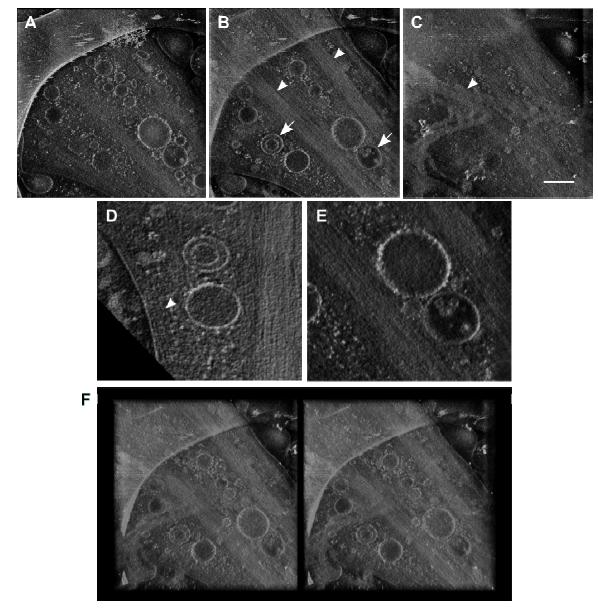
 DownLoad:
DownLoad: 